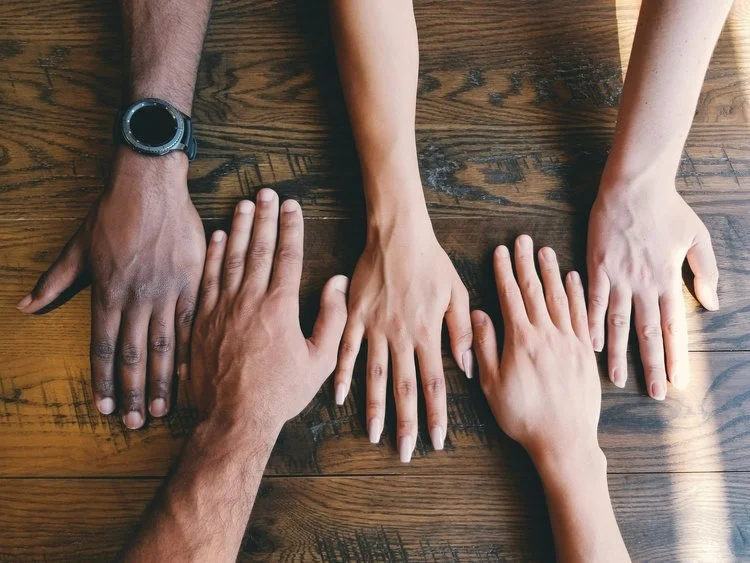EMBRACING DIVERSITY, EQUITY AND INCLUSION (DEI)
As a kid, I often felt like that one puzzle piece that just wouldn’t fit.
It wasn’t about being different for the sake of it; it was about craving to be acknowledged and understood in a world that sometimes, quite frankly, glosses over the unique hurdles we face as individuals with disabilities. This trek I’ve been on, it’s led me to a rock-solid truth: without folding disability into the mix, the whole concept of diversity, equity, and inclusion (DEI) is incomplete.
You see, diversity, equity, and inclusion – they’re not just catchy terms we throw around. They’re the foundation of a society that truly gets it, that see’s each person for who they are with acceptance. For someone like me, realizing that my dance with disability isn’t just a personal battle but a critical piece of diversity changed everything.
At too many DEI roundtables, disability tends to be the hushed voice, the shadow in the room. I’ve sat there, in those conference chairs, and felt the gap – it’s like missing a beat in a song. It’s not merely about giving us a seat at the table; it’s about really tuning into the melodies we bring. Disabilities show up in countless ways – some are visible, some aren’t, but all are significant. Despite being the world’s largest minority group, folks with disabilities often find themselves on the sidelines of DEI efforts. And that’s more than just a missed opportunity – it’s a direct hit to the very heart of what inclusivity is all about.
The obstacles I’ve stumbled over are real, but the real trip-ups are the invisible barriers – the stereotypes, the rigid systems. When we knock down these walls, it’s not just those of us with disabilities who benefit – the whole community is on the receiving end.
Diversity isn’t just a quota; it’s a goldmine of knowledge, abilities and experiences. When we welcome people with disabilities into the brainstorming sessions, into leadership roles, we’re not being charitable – we’re being smart. They bring viewpoints that might just flip the script, sparking innovations and create solutions that work towards better outcomes and progress.
It all starts with a willingness to open our eyes and ears – to really see and hear. It’s about taking the knowledge and translating it into action. Simple steps, like changing our attitudes to be more welcoming, and changing our perspective to see peoples abilities that can truly have a lasting impact on businesses and in society.
Acknowledging disability as a core part of DEI, it’s not about ticking another box. It’s about broadening our horizons, about recognizing that everyone’s differences only adds to the knowledge of everyone. It’s time we commit – really commit, not just saying the words, but taking action towards making our DEI initiatives fully inclusive.

